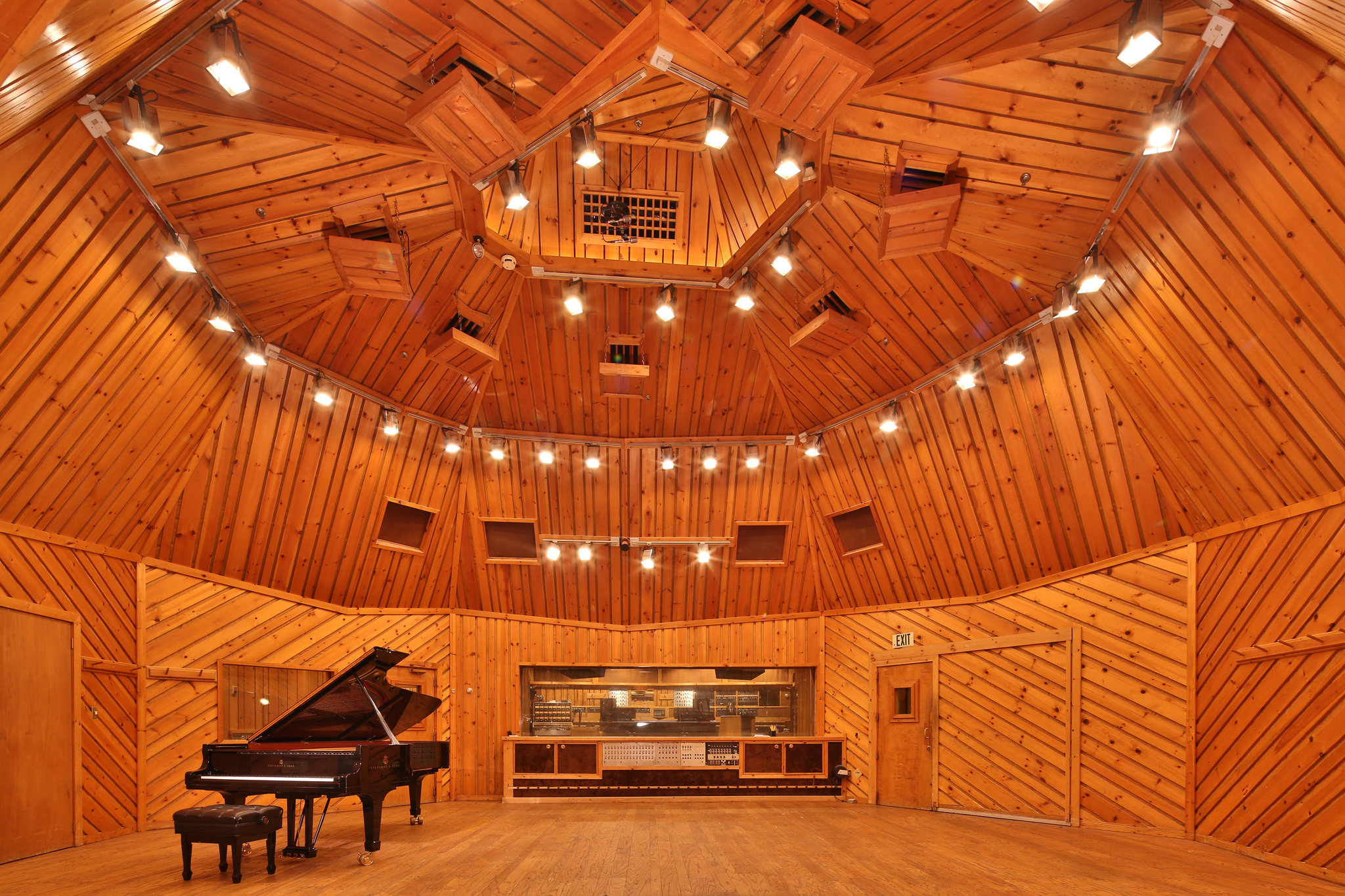Something I ran across online earlier today reminded me of a project I worked on long ago (late 1985), when I was a staff engineer at Power Station. It was a record by the great Japanese pianist and singer Akiko Yano, and I hadn’t heard it, I think, since the album came out in early 1986. So I dug it out for a listen, and thought I’d share the memory here.
There was a time in the mid-80s when a lot of Japanese artists came to New York to work with elite American studio musicians, and during that period I ended up at the console for a lot of these sessions. (Usually they’d take the projects back to Japan for mixing, but sometimes they’d mix in New York as well, and in 1987 I even ended up going to Tokyo for a month for an album by Ryudo Uzaki.)
Even though Akiko wasn’t well-known in the States, she was a big star in Japan (she still is), and was very well-respected by New York’s session players. She was also married to Ryuichi Sakamoto, who even then was internationally famous. (Ryuichi, A.K.A. “The Professor”, died in March of last year; I’d worked with him too, on a live album also released in 1986. A talented couple!)
Anyway, Akiko came to New York to spend a few days doing overdubs in what I still think is the best recording room in the world: Power Station’s Studio A. Here’s a picture of that room, if you’ve never seen it (click for larger view):
It was all a long time ago, but what I recall is recording drummer Steve Ferrone, contrabass guitarist extraordinaire Anthony Jackson, and guitarist Eddie Martinez (you may not know these names, but believe me, you have heard their playing, as you’ll see if you check the links).
One thing that stood out in my memory has to do with the way we recorded the drums. Back in the 80s we were experimenting with all sorts of weird processing for drum-kits — and in particular, a fashion of the time was to do something called “gated reverb”: you’d dial up a long reverb to put on the snare, but then rather than letting it decay naturally, you’d run it through a “gate” that would shut it off right after the beat. The result was a big and strangely unnatural sound, and we all used it to death for about ten years or so; it’s probably the most distinctive feature of that “80s Sound”.
I knew Akiko’s record was going to be mixed back in Japan, but while we were tracking the drums I fiddled around a bit to set up a gated reverb in the monitor mix just to give everyone some idea of what the final processing might sound like — and just for fun I also ran the snare-drum reverb through a pair of rack-mounted MXR flangers as well, to produce a goofy stereo effect. Akiko liked it so much that she asked me to print the reverb on a separate pair of tracks, so that the mix engineer (I think it was Ryuichi himself who supervised the mixing) back in Japan could add it to the mix. (I was flattered, and when I heard the record I was surprised to hear how much of it they’d used.)
Anyway, I found the album on YouTube, so here it is. (Headphones or good speakers, please!) You can really hear the drum-reverb effect I’m talking about on the first track, “A Girl Of Integrity”. (The lead vocal on that tune, by the way, isn’t Akiko, but a singer named Yosui Inoue.)
The whole album is, at this point, a “time-capsule” — nobody makes music quite like this anymore — but the talent of Akiko Yano and Ryuichi Sakamoto really shines through, I think. It was also a real pleasure working with both of those lovely people. (Akiko, if you should somehow happen to read this, I hope you are well!)
